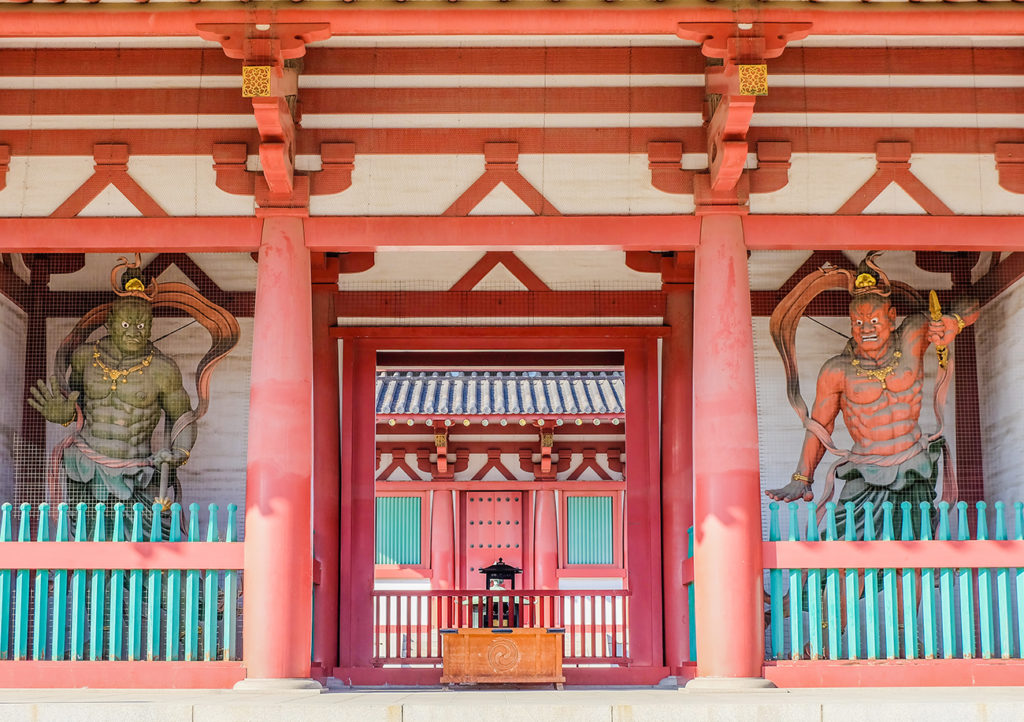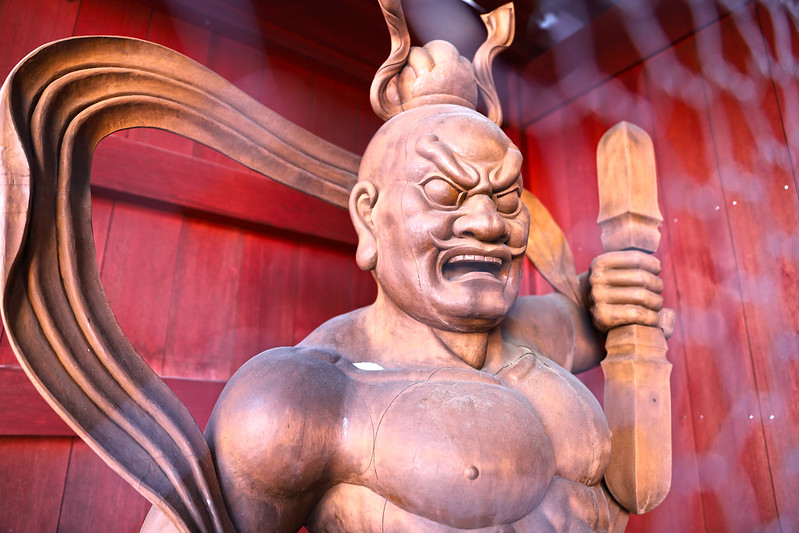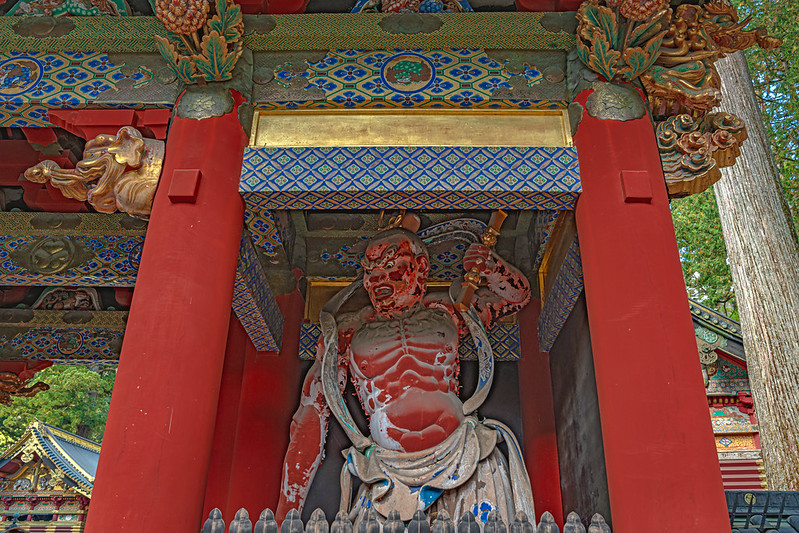
Niō: The Valiant Guardians of Buddha
Religion is an important cultural aspect and way of life for many Japanese. Numerous Shinto shrines and Buddhist temples are scattered all around Japan and most times, they are right beside each other. In many Buddhist temples, you may notice a pair of stern looking muscular statues. The intimidating dynamic duo that stand devotedly at the entrance of the temples are known as Niō or Kongōrikishi. They are the protectors of Buddha.
Nio statue
Niō (仁王) are believed to be the manifestation of Bodhisattva Vajrapāṇi, one of the earliest known bodhisattvas in Mahayana Buddhism (a branch of Buddhism) that symbolize Buddha’s power. According to Japanese belief, Niō guardians travelled with Buddha to protect him. Stories also justify the use of physical force to keep values and beliefs against evil. The Niō statue standing at the right side of the gate is called Misshaku Kongō and has his mouth open to represent speaking the first grapheme (smallest semantically distinguishing unit in a written language) of Sanskrit Devanagari (writing system of India and Nepal) pronounced as “a.” The left statue is known as Naraen Kongō and has his mouth closed to represent the last Devanagari grapheme pronounced “ɦūṃ.” When man is born he is believed to be speaking the “a” sound with his mouth open and when he dies his last word is “hum” with his mouth closed. The pair together symbolize the birth and death of all things, and as with the Alpha and Omega in Christianity, Niō embodies “all creation.” The contraction of “a” and “hum” is Aum, which in Sanskrit means “The Absolute.”
Nio Guardian Deity Statue
The manifestations of the Niō statues can come in three forms:
Misshaku Kongō or Agyō – “a”- form, a term for open-mouthed statues in aum pair. They symbolize overt violence. The statues are usually depicted wielding a mallet, diamond club, thunderbolt, sun, or stick, and are baring their teeth.
Naraen Kongō or Ungyō – “um”- form, a general term for closed-mouthed statues in the aum pair. They symbolize latent strength. The statues are usually depicted with their mouths tightly closed and wielding a sword or are bare-handed.
Shukongōshin – a combination of the Naraen and Misshaku Kongōs into one statue. It literally means “vajra (a ritual weap0n) -wielding spirit.”
